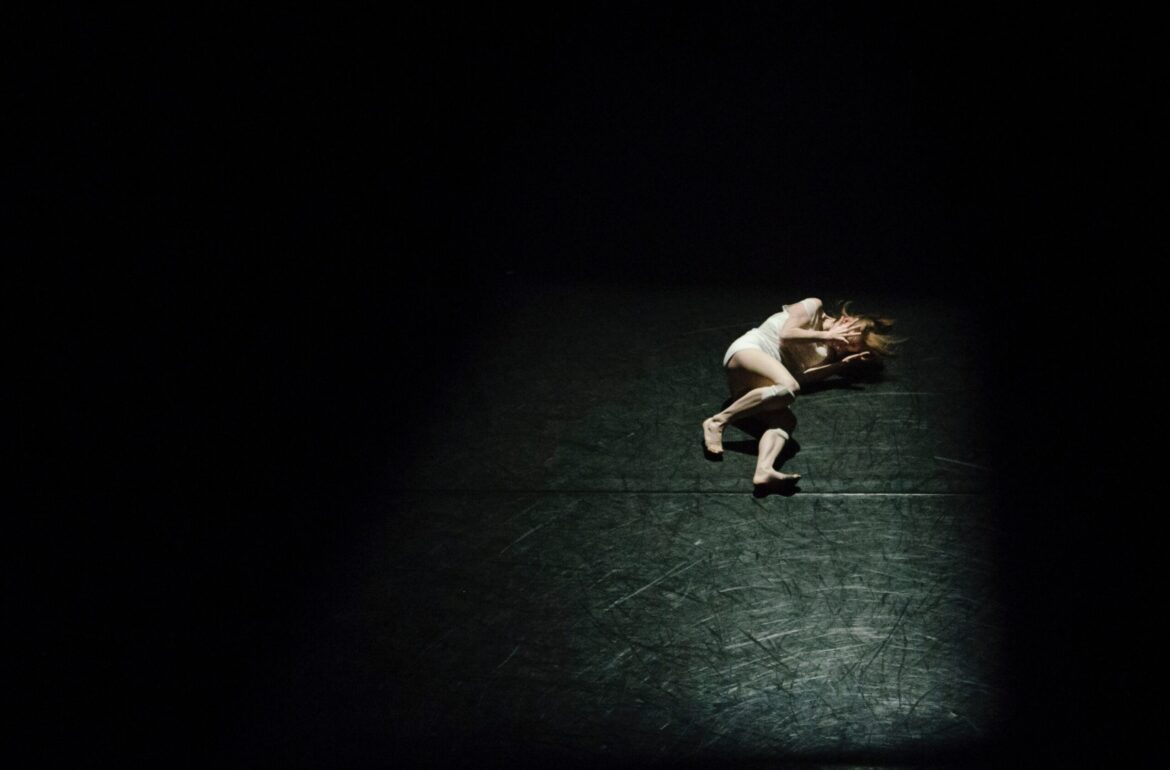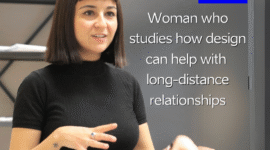Grief is a natural part of life that probably everyone will experience during their life. For children and young people, there are specific grief support programmes such as camps, for example. One method that can be used there to support people, who might not cope with the grief and loss so well, consists of applied theatre strategies.
Aivar Simmermann, who is a psychodrama trainer-supervisor, educator and practitioner, playback theatre conductor, actor, supervisor, and coach, has belonged to the grief support camp team since 19961. Recently, he defended his creative doctoral thesis about different practices of applied theatre and, in general, the formation and development of grief support camps in Estonia2.
For Simmermann, the trigger to write this thesis was that he and his colleagues had not really given meanings to what they were doing during all these years he had worked for the camp. “We have been working for a long time. So, in some sense, this work is kind of a discussion, a summary and an answer how to help children aged 8-18 with the methods of applied theatre. Also, to grow trust for the organisation – that people know that their children are taken care of by a highly responsible team who know what they are doing”, he explained.
The thesis concentrates on using different practices of applied theatre that can be used to support the grief process of children. “All the activities in the grief support camps are with a specific focus: to support children so that they could adapt their lives after the loss, understand their feelings what the loss of a close person entails, and that they could learn, grow and become happy and active people”, Simmermann added.
Well-Working Model
One conclusion that Simmermann brought out is that all the practices they are using in the camps are related to the self-confidence of a child and to a trust to the world. For example: children are told isolated situations from a story, and then they add details to the story and find a solution. Or they read the book ‘Soul Bird’ together and make soul birds, which become children’s companions. At performances of a sportive kind, they compete in all Olympic events or arrange a diverse circus programme. “I got to prove that all the practices are purposeful and not just casually cheerful activities”, he said.
Secondly, he mapped, grounded, and described the peculiar grief support model used in Estonia. It consists of three camps and co-operation with the parents. It is also all about teamwork.
What is more, the thesis brought out how to measure that the children feel better, and if the camp works or not. “There are six-seven factors to measure, and we measure these every day by asking for feedback”, he noted.
Change in Mindset
Simmermann said that as their camp is the one and only system for supporting grieving children and their families in Estonia at the moment, it is important for the whole society that the system is working and trustworthy, and that is what the thesis has also proved. “We have helped 873 children during 1995-2017 and the groups are always full, so we hold an important part in the society for supporting people who need it”, he noted. Children are divided into groups according to their age, and they have activities all together, as well as in smaller groups.
One important change in mindset that Simmermann brought out is that dealing with grief does not have to be an individual task. Their experience clearly shows that it is possible to work in teams. This of course requires trust, and the precondition is that the same group of children meet three times in a year. “The most important thing when working with children is not to talk, but to act with them. Games and applied theatre methods are really relevant in this situation”, he said.
Simmermann sees that his thesis could give a good basis for further researches. For example, to analyse how the participating children have moved on with their lives, or to map and analyse the methods that are used with different age groups. Or even to compare the Estonian methods, their strengths and weaknesses with methods used in other countries.
Written by Marii Kangur, Estonian Public Broadcasting radionews reporter
This article was funded by the European Regional Development Fund through Estonian Research Council.
 Back
Back



